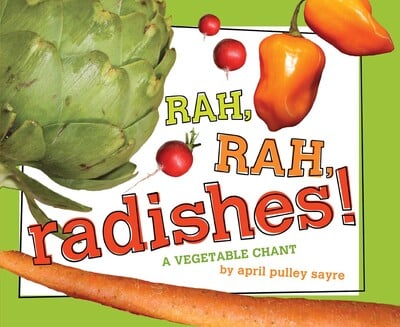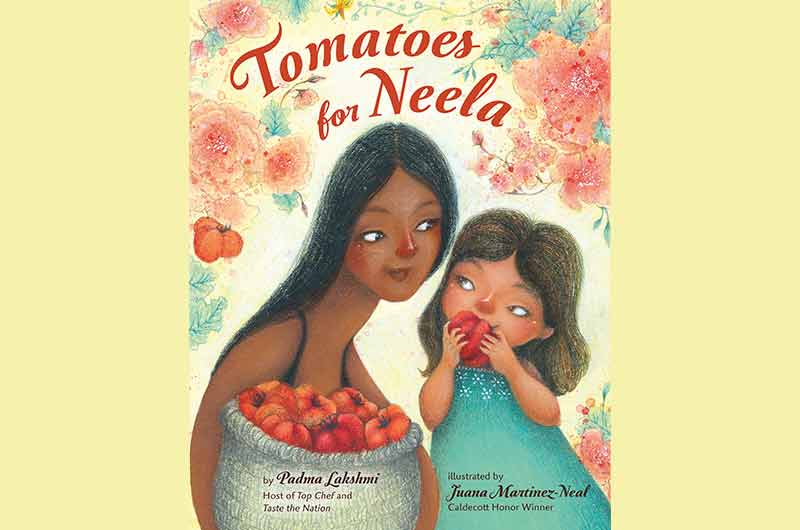TAKE-HOME STRATEGY
Supporting Healthy Habits at Home

What It's About
Healthy Habits are the routines and practices that help us build positive relationships with food. Eating healthy foods improves children’s energy, motivation, mood, and focus. Learning about healthy foods early on will make it more likely that children will reach for those foods in the future.
The best way to support these skills is to offer a variety of foods for your child to try, eat with your child, and talk about the purpose of eating food and making healthy choices.
Here are some ways you can support Healthy Habits at home. Keep in mind that you can change these activities to work for you and your child, based on their current abilities, interests, and what you have available at home. Make sure to use safe materials and watch your child closely during these activities.
Take a look, and try out your favorites!
Make a Meal
Read About Food
Farm to Table
Grocery Trip
Act it Out!
Mindful Munching
Quick Cues for Supporting Healthy Habits
Some things you might do or say to help strengthen your child’s Healthy Habits
Label and Connect
Help your child see the connection between food and energy, health, and strength.
This can sound like:
“You are drinking so much milk. You’re bones will be so healthy and strong.”
“We just went for a long walk. I need a glass of water to recharge my body. Do you want some water, too?”
“I see you eating that broccoli. It’s making you big and strong. Let me see your muscles! Whoa!”
Celebrate Trying New Foods
Show excitement when your child tries a new food even if they don’t end up liking it.
This can sound like:
“Yay, you tasted the carrots. Did you like it?”
“You tried spinach! It’s okay you didn’t love it. I’m proud you tried it.”
“This Indian food is spicy and yummy! It looks like you like it.”
Allow Choice
If possible, give your child some say in what foods or how much they eat.
This can sound like:
“You ate all your pancakes! Do you want more?”
“Do you want strawberries or carrots for a snack?”
“How many scoops of pineapple do you want?”
Our Book Recommendations for Healthy Habits
Engaging stories that support children's Healthy Habits

Rah, Rah, Radishes!
Written and illustrated by April Pulley Sayre, this book introduces a wide variety of vegetables using a rhythmic chant and celebrates their different looks and flavors.
Have fun with it:
Prepare a new vegetable as part of your next meal and encourage your child to try it.

Tomatoes for Neela
Written by Padma Lakshmi and illustrated by Juana Martinez-Neal, this story shows a child connecting with her family as she learns about cooking the food that nourishes them.
Have fun with it:
Try to include your child in following a simple recipe together at home.
More Take-Home Strategies
We’re creating a library of resources like these so families and other caregivers can quickly and easily promote children’s development at home. Be sure to see all the strategies we have available!

